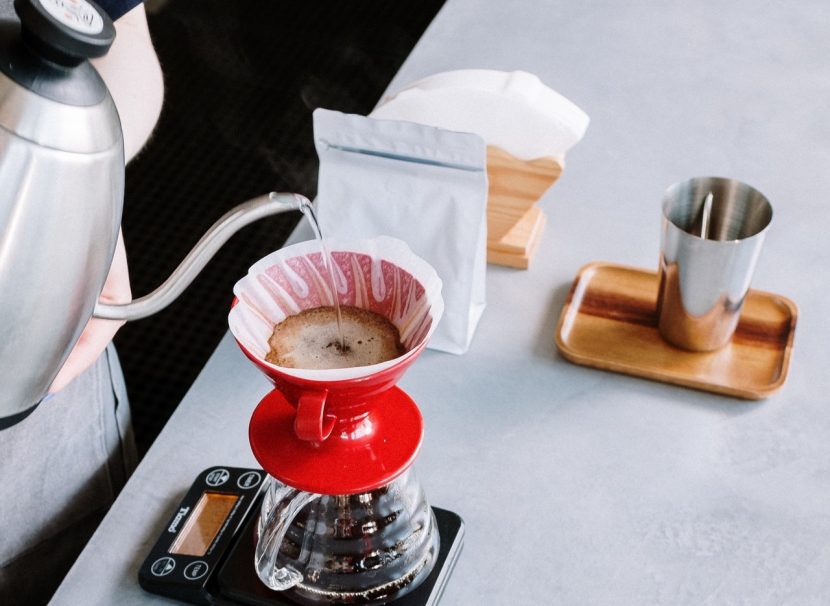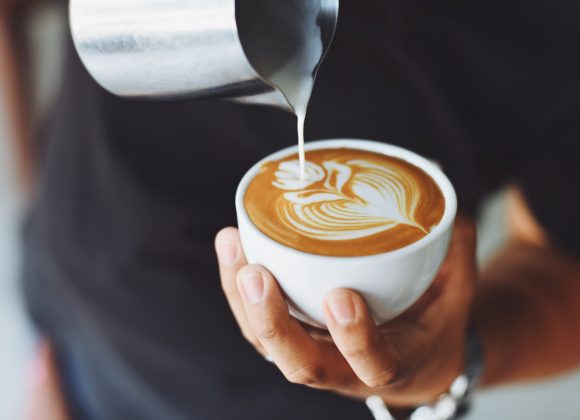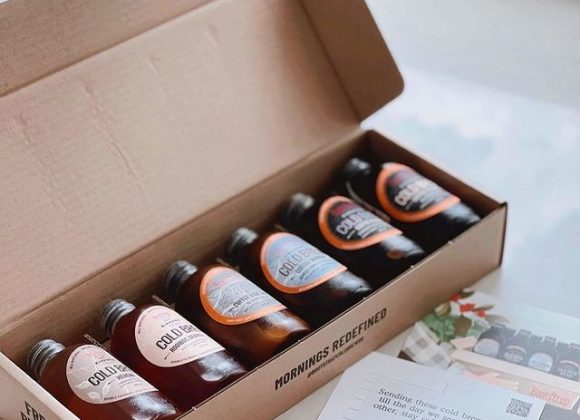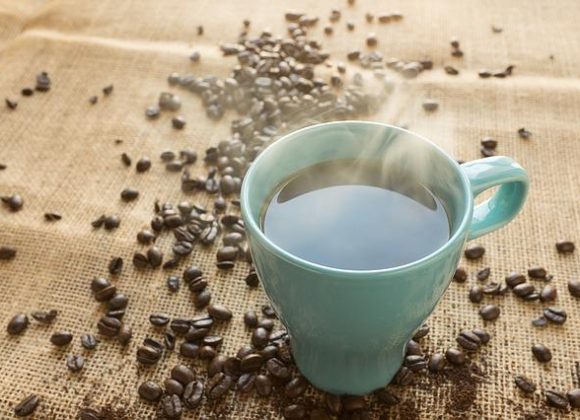It doesn’t matter if you are using premium Arabica coffee or cheap supermarket-bought Robusta coffee; a coffee filter is an absolute must. The coffee filter you choose has a huge effect on the quality and taste of your coffee. You need to understand what exactly a coffee filter is so that you can select the right one for your morning brew.

How Do Coffee Filters Work?
The goal of a coffee filter is quite obvious to anyone who has made coffee before: making sure coffee grounds are separated from the liquid. As the hot water flows through the coffee grounds and absorbs its aroma, taste, and colour, it will then flow through the thin pores of the filter to make sure no coffee ground is carried along with it.
Types Of Coffee Filter Material
Several materials are commonly used for making coffee filters:
Paper Filters
Paper coffee filters are the most popular type of filter used, and for good reason. They are very affordable and easy to find (you can buy them at any supermarket). Paper coffee filters are also tightly woven and have a high absorption ability, making them extremely effective at producing a clearer liquid by removing excess grounds and oil.
The downside to paper filters is that they can only be used once, so if you find yourself making coffee every day you will need to stock up on these filters.
Metal Filters
Some people prefer metal filters rather than paper filters because they are reusable. You can easily clean the filter after every use and then use it again later on.
However, metal filters tend to be harder to find than paper filters. They also are usually a bit more expensive, but some people may argue that they are cheaper than paper filters in the long run.
Another key point about metal filters is that they have slightly larger pores than paper filters. This means that some natural oils and tiny grounds of coffee may seep through into your drink. But the jury is still out on whether this is a good thing or not, as some would argue that the tiny bit of oil and coffee ground actually elevates the flavour of the coffee and enriches its texture.
Cloth Filters
The last material that can be used for coffee filters is cloth. They are less common than the other 2 varieties, so you would have to do a bit of research to find the best cloth filters available. They are, however, often seen as the “best of both worlds” as they are a middle ground between metal and paper filters in terms of pore size.
The main downside of cloth filters is that they are cumbersome to clean. They must be washed after every single brew, but you cannot let them be too moist or too dry as you may end up ruining the pores. This is a very difficult thing to achieve and special techniques must be employed to properly cleanse cloth coffee filters.
Coffee Filter Shapes
There are 3 main types of coffee filter shapes:
- Disk Coffee Filters
- Cone Coffee Filters
- Basket Coffee Filters
Studies have shown that the shape of your filter affects the taste and quality of your brew, but more research needs to be done on why exactly that is.
Coffee Filter Substitutes
Don’t have access to a coffee filter? No worries, you can just use one of the following:
- Paper Towel: possibly the most easily accessible substitute, just place it where the coffee filter would have been.
- Toilet Paper: another accessible substitute, the only thing you need to worry about is that it can fall apart easily and you may end up dropping your coffee grounds on the floor.
- Cloth: you can use any cloth to filter coffee. Just make sure it is tightly woven and thick enough to trap the grounds. Some examples include cheesecloth and muslin cloth.





